Have you ever looked at your dog and wondered, “Is this normal behavior, or is it a sign my pup needs some help?” Maybe you’ve laughed off a chewed-up shoe or shrugged at a jumped-on guest. But what if these little quirks are trying to tell you something important? Sometimes, the signals are as subtle as a sideways glance; other times, they shout from the rooftops (or bark from under the bed). Understanding whether your dog needs training isn’t just about perfect manners—it’s about their happiness and your peace of mind. Let’s take a closer look at the real signs your dog could be crying out for a little extra guidance.
Your Dog Doesn’t Listen to Basic Commands
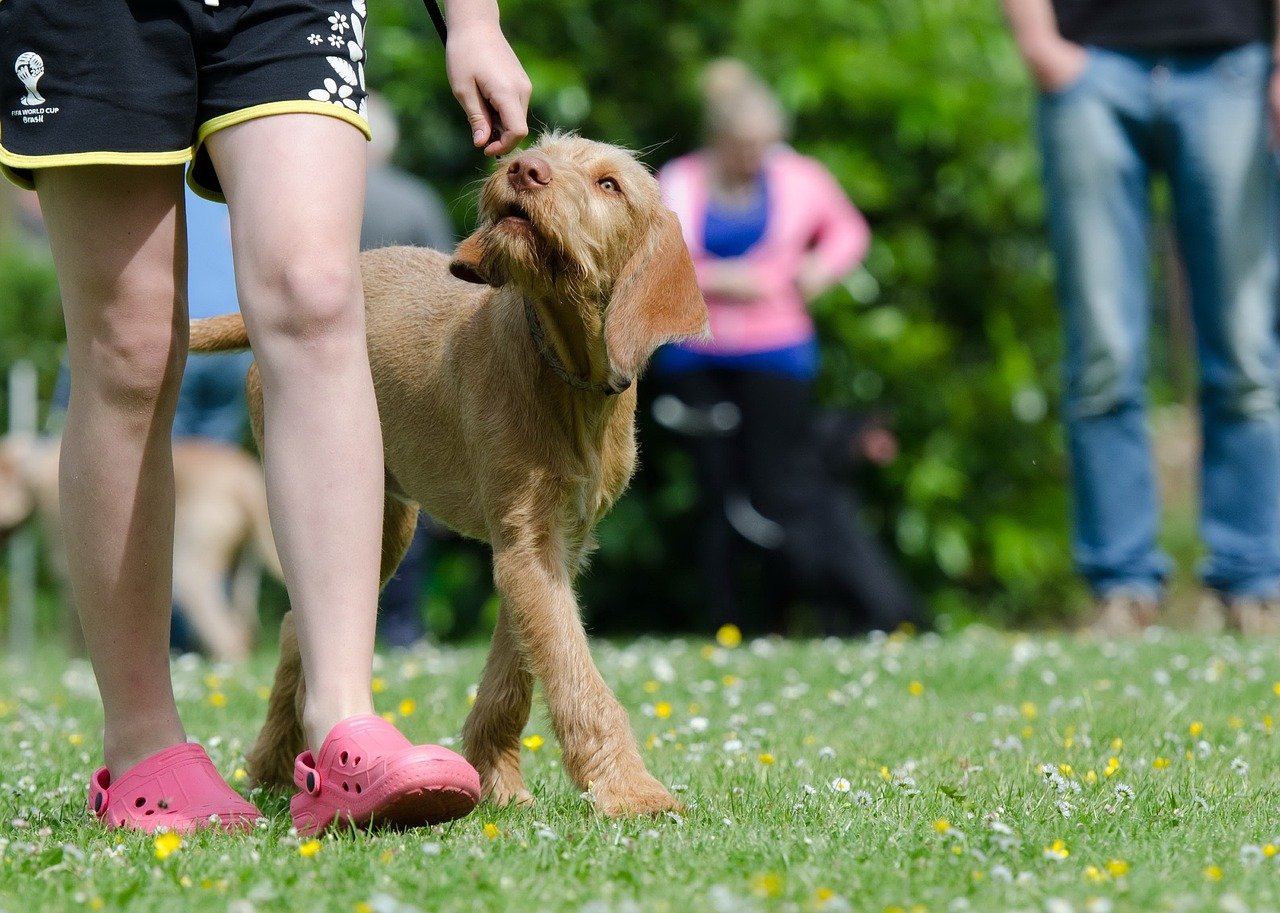
Everyone dreams of a dog that comes when called, sits on command, or drops that forbidden sock without a fuss. If your dog seems to ignore you, even after you’ve said “sit” for the tenth time, it’s a clue that training is in order. You might feel frustrated or even embarrassed, especially around others whose dogs seem to obey like little furry soldiers. But don’t be hard on yourself—or your pup. Dogs aren’t born understanding our words or rules. If your dog looks at you blankly or wanders off while you talk, that’s a clear message: “I need help understanding what you want.”
This isn’t just about showing off at the park. Basic commands like “sit,” “stay,” and “come” are the foundation for safety and trust. If your dog bolts across the street or refuses to stop chewing on wires, the consequences can be serious. Training isn’t about being strict; it’s about building a shared language. Think of it like teaching a child to look both ways before crossing the road. If your dog can’t respond to simple cues, it’s time to consider some structured learning.
Excessive Barking That Won’t Stop
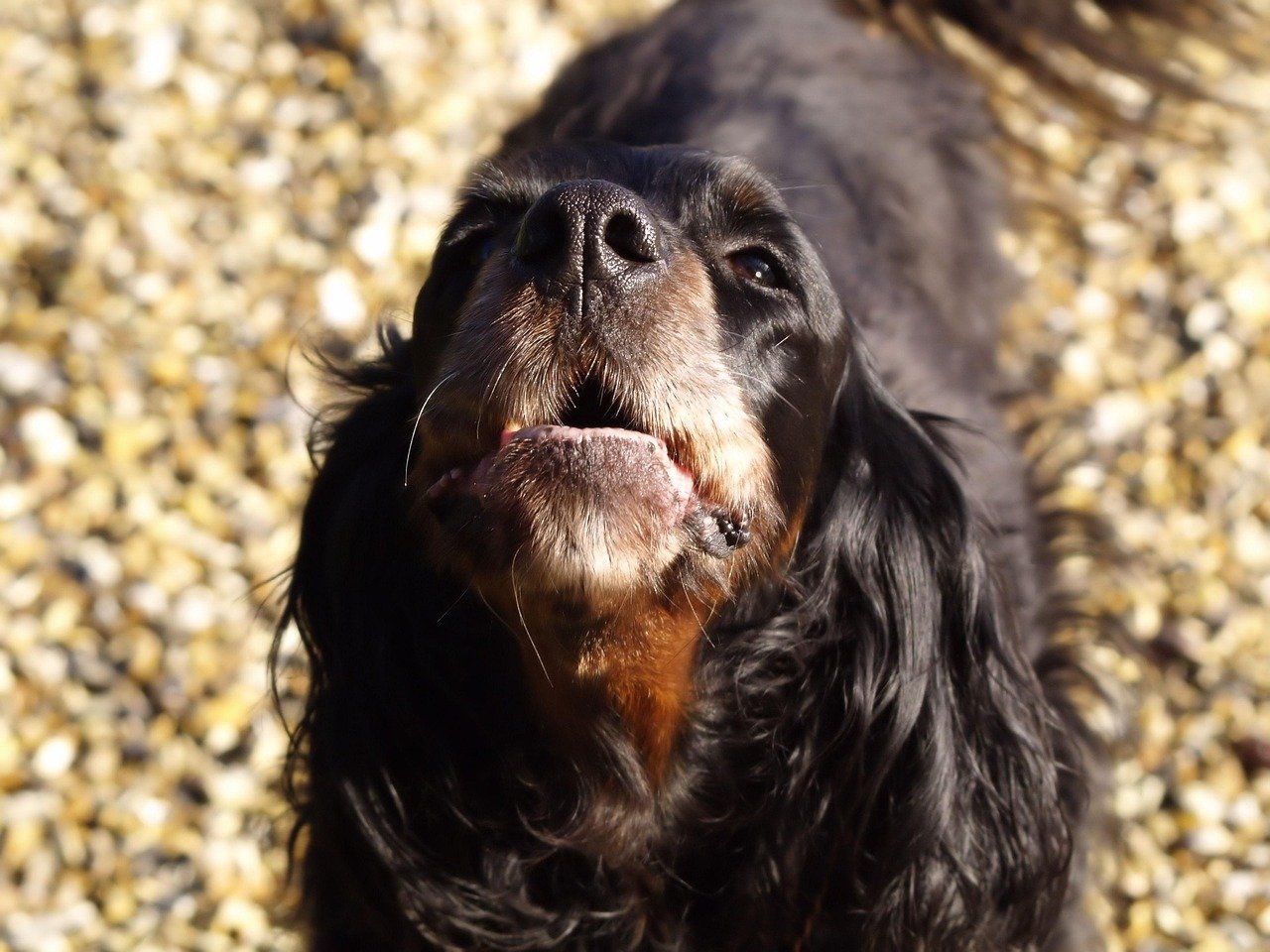
Every dog barks, but when your pup just won’t stop—even when you beg or bribe—it’s more than annoying. Maybe your dog barks at every leaf that falls or every car that passes. It’s like living with a furry alarm clock that never shuts off. Excessive barking often signals that your dog is anxious, bored, or unsure of the rules. Sometimes, it even means they’re trying to protect you from imaginary threats.
You might feel overwhelmed or even worry about complaints from the neighbors. This is your dog’s way of saying, “I need to know when it’s okay to speak up—and when it’s time to be quiet.” Training can help your dog understand boundaries, reduce their stress, and help everyone in your home feel more at ease. Imagine finally having a peaceful cup of coffee without your dog shouting at every passing jogger. Training can make that dream a reality.
Jumping Up on People
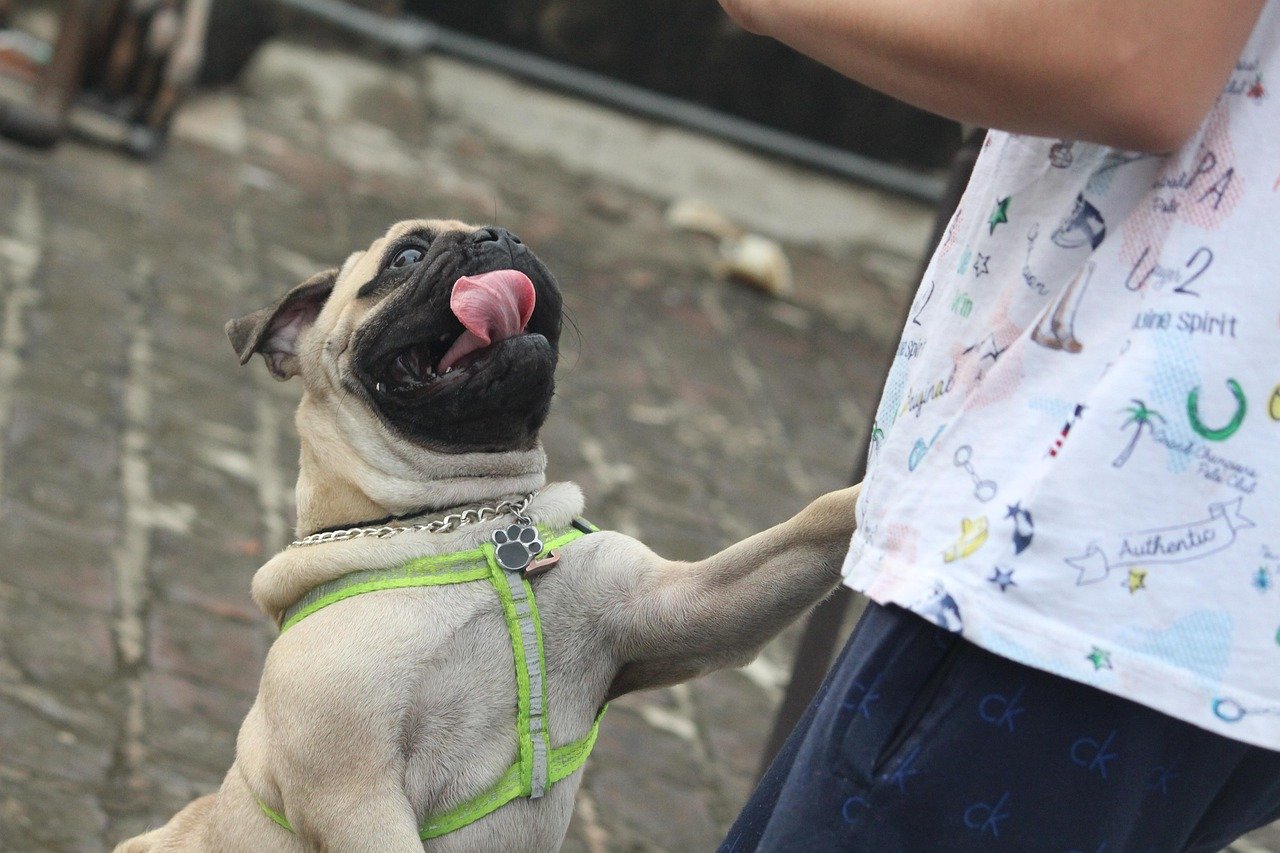
It can be adorable when a tiny puppy jumps up to greet you, but as dogs grow, so do their leaps. Suddenly, what was cute at ten pounds becomes dangerous at seventy. If your dog greets every guest with a flying hug, it’s a sign they need to learn better manners. Not everyone loves a muddy-pawed welcome, and some people might even feel scared or get knocked over.
Jumping is often a sign of excitement or a plea for attention. Your dog may not realize their size or strength. Training helps channel that joy into more polite greetings—like a calm sit or a wagging tail. It keeps both visitors and your dog safe. When your dog learns to keep all four paws on the floor, everyone feels more comfortable, and your pup becomes the star of every gathering for all the right reasons.
Destructive Chewing or Digging
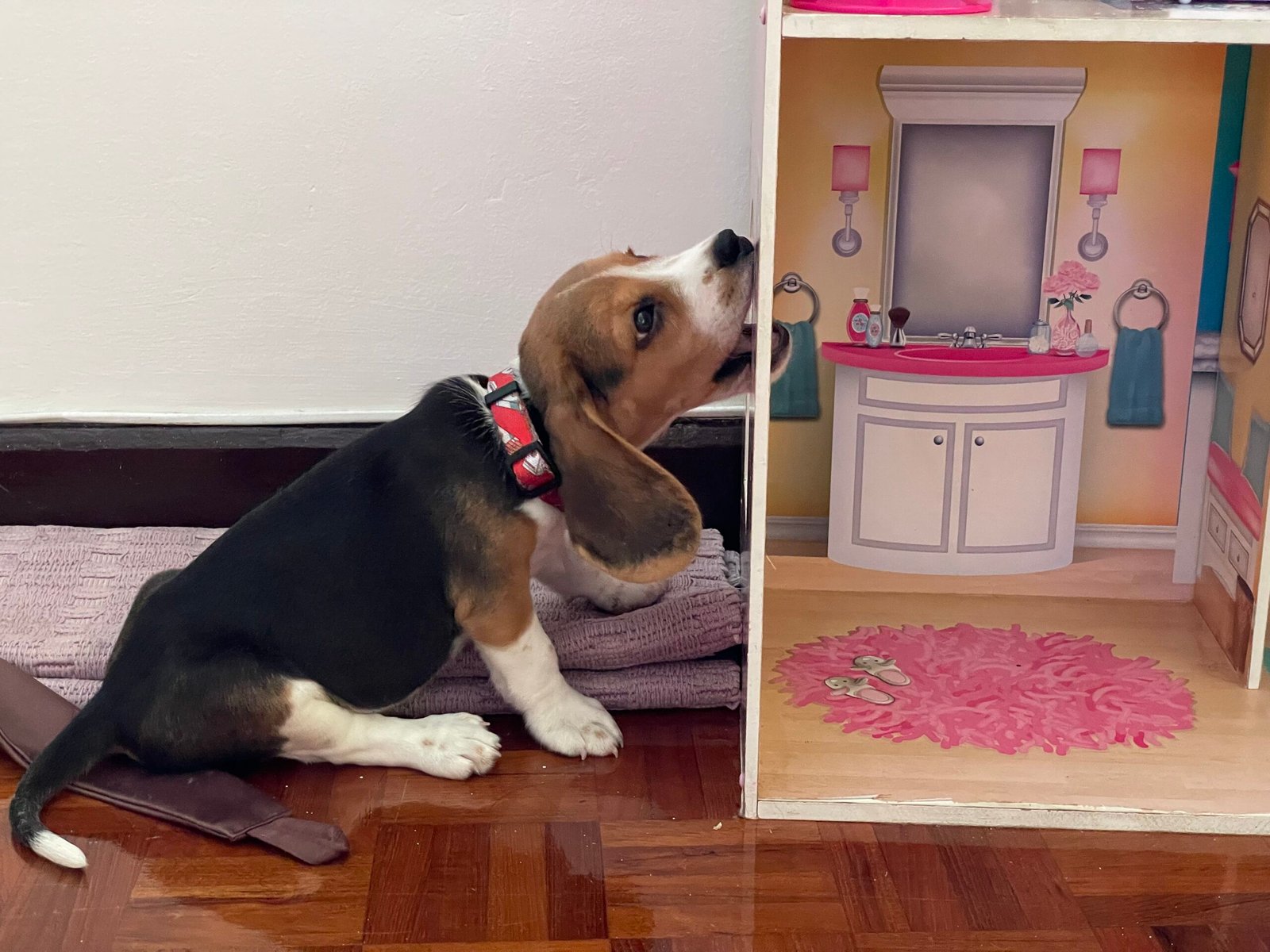
Coming home to a shredded cushion or a backyard crater is enough to make any dog owner want to pull their hair out. But before you get mad, it’s important to know that destructive habits like chewing and digging often mean your dog is bored, anxious, or lacking guidance. Dogs need to chew and dig—it’s part of their nature. But they need to know what’s fair game and what’s off-limits.
Training gives dogs alternatives and helps them understand your expectations. Imagine trading torn shoes for a happy pup enjoying a chew toy. Or turning your dig-happy dog into a gardening assistant—who only digs where you ask. Training isn’t about denying your dog’s instincts; it’s about channeling them in ways that make everyone happier.
Poor Leash Manners and Pulling
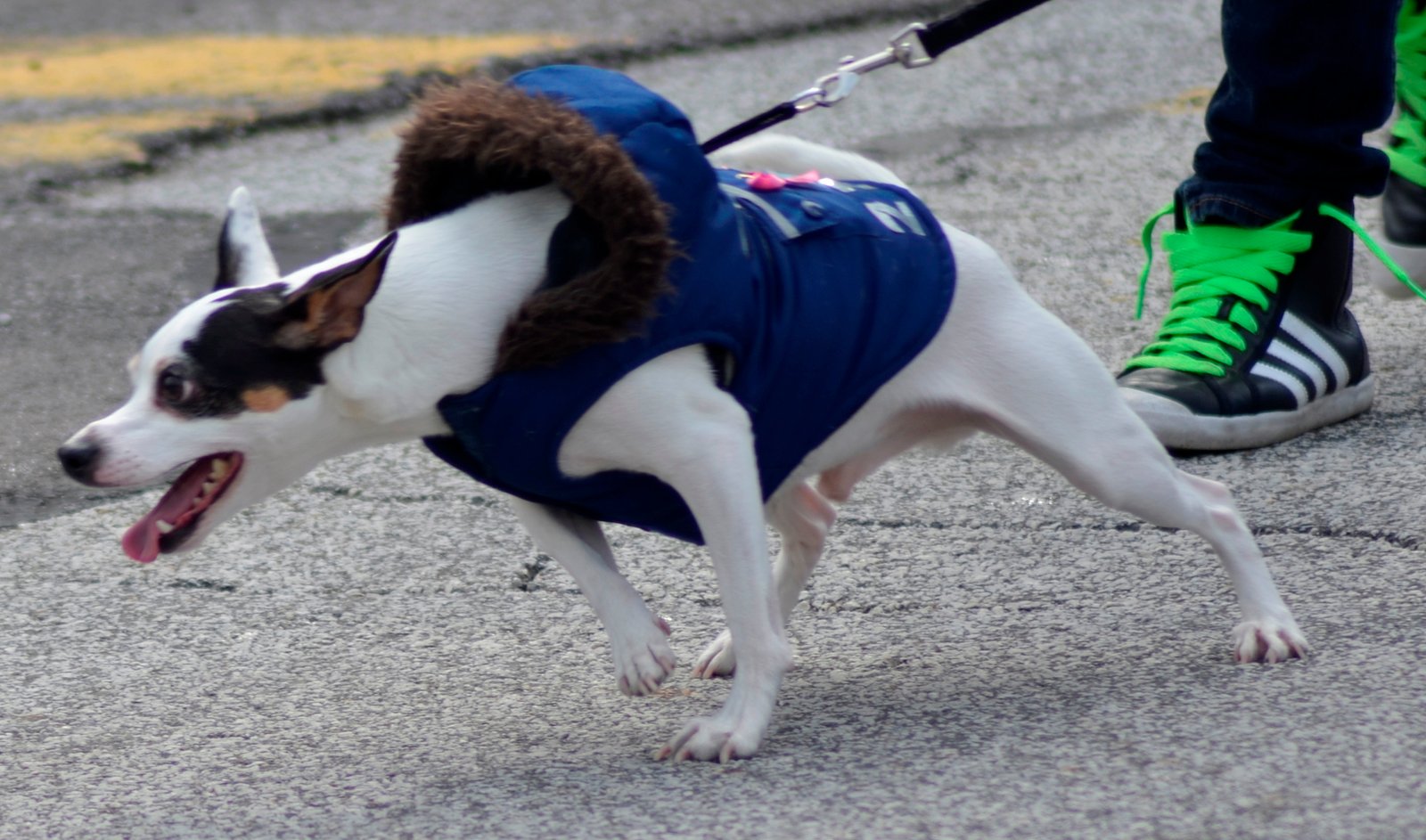
Walking a dog should be relaxing, but if your arm feels like it’s being pulled from its socket, something’s wrong. Dogs who drag their owners down the street or lunge at squirrels clearly haven’t learned leash manners. This isn’t just uncomfortable—it can be dangerous. You risk falls, injuries, or encounters with other dogs or people.
A dog who walks calmly by your side is a joy. Training teaches your dog to pay attention, walk at your pace, and respond to your cues. Think of it like dancing together—both of you moving in harmony. If your walks feel more like a tug-of-war than a stroll, some leash training is definitely in order.
Resource Guarding or Food Aggression
Does your dog growl or snap when you approach their food bowl or favorite toy? This kind of possessiveness is called resource guarding. It can be scary and can even lead to bites. Dogs aren’t being “bad”—they’re just unsure if their treasures are safe. Sometimes, this behavior is rooted in past experiences or natural instincts.
Training helps your dog feel secure and learn to share—or at least tolerate people near their food and toys. With patience, you can teach your dog that good things happen when people come near, not threats. This makes mealtimes and playtime peaceful, not stressful. If your dog shows signs of guarding, it’s a clear sign that professional training may be needed.
Fearfulness or Reactivity Around Strangers

Some dogs wag their tails at everyone, but others cower, bark, or even snap at new people. If your dog hides under the table or turns into a barking machine around strangers, they’re telling you they feel scared or threatened. This isn’t just embarrassing—it can be heartbreaking to see your dog so anxious.
Training can help build your dog’s confidence. Gentle exposure and positive reinforcement teach your dog that new people aren’t so scary after all. When your dog learns to greet strangers calmly, it opens up a whole new world. Walks, visits, and family gatherings become less stressful for both of you.
Overexcitement and Difficulty Calming Down
Do you feel like your dog is a furry whirlwind, bouncing off the walls at the slightest excitement? Overexcitement—like frantic zoomies, barking, or nipping during play—can be overwhelming. It might even scare children or visitors. Dogs need to know how to wind down, just like kids need a bedtime routine.
Training gives your dog tools to settle themselves. Teaching cues like “settle” or “place” helps your dog learn to relax, even in exciting situations. This isn’t just about having a quiet home; it’s about helping your dog cope with their emotions. A calm dog is a happy dog, and training is the key to finding that balance.
Ignoring Boundaries or Rules at Home
Does your dog leap onto the couch, snatch food from the counter, or sneak into forbidden rooms? If your home feels like a free-for-all, it’s a sign your dog needs clearer boundaries. Dogs thrive on structure—they want to know what’s okay and what’s not.
Training sets up easy-to-understand rules. Think of it as drawing lines on a playground: the fun happens inside the lines, but there are safe limits. When your dog respects boundaries, life runs smoother for everyone. No more chasing your dog off the table or worrying about stolen snacks!
Separation Anxiety or Trouble Being Alone
If your heart breaks every time you leave home and hear your dog whining, barking, or destroying things, you’re not alone. Separation anxiety is tough—for pups and people. Your dog isn’t being spiteful; they’re genuinely distressed. Signs include pacing, drooling, or even trying to escape.
Training can help your dog feel safe and secure when you’re gone. Gradual exercises teach your dog that being alone isn’t scary. Tools like puzzle toys or calming routines can make departures easier. When your dog learns to relax alone, life becomes less stressful for everyone.
Inappropriate Elimination in the House
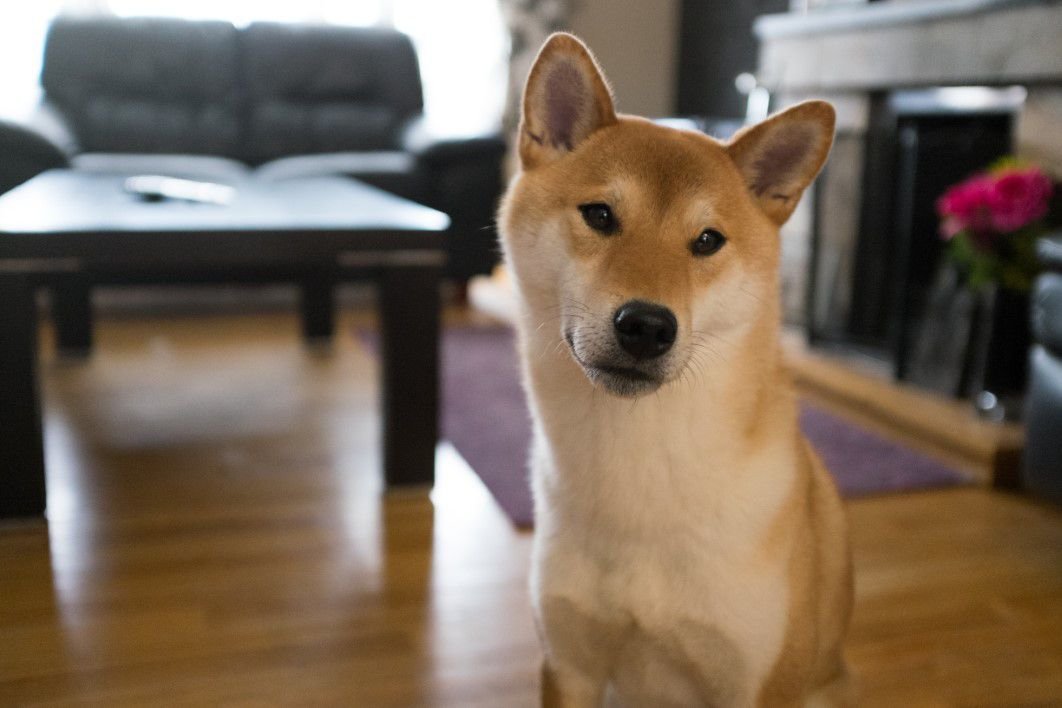
Few things are as frustrating as finding a puddle or pile where it doesn’t belong. If your dog is house-trained but still has accidents, it’s time to investigate. Sometimes, medical issues are to blame, but often it’s a lack of clear training or routine.
Training helps your dog understand where and when to do their business. Consistent schedules, praise, and supervision make all the difference. Imagine the relief of a clean home and a confident pup who knows the rules. If accidents happen often, a training refresher is in order.
Unpredictable Aggression or Sudden Mood Changes
It’s scary when a sweet dog suddenly growls, snaps, or bites—especially if you can’t predict when it will happen. Unpredictable aggression is a serious sign that your dog needs help. Sometimes, this behavior is caused by fear, pain, or confusion. Other times, it’s a sign your dog doesn’t understand how to handle their emotions.
Training helps uncover the triggers behind aggression and teaches your dog better ways to cope. With the right guidance, even the most unpredictable dogs can learn to trust and relax. If your dog’s mood swings leave you feeling anxious or unsafe, it’s time to seek professional training.
Difficulty Socializing with Other Dogs
Does your dog bark, lunge, or hide from other dogs? Trouble socializing can make walks and trips to the park stressful. Some dogs are naturally shy, while others are too bold or even aggressive. If your dog can’t play nicely with others, it’s a sign they need help learning social skills.
Training introduces your dog to new friends in a safe way. With patience and practice, your dog can learn to read canine signals and respond appropriately. Social skills aren’t just for humans—dogs need them, too. A well-socialized dog is happier, calmer, and a whole lot easier to live with.
Training isn’t just for “bad” dogs—it’s a tool for communication, confidence, and a stronger bond between you and your pup. If your dog struggles with basic commands, shows signs of stress, or has habits that interfere with daily life, it might be time to invest in some guidance. Recognizing the need for training isn’t a failure—it’s a sign you care enough to help your dog thrive. With patience, consistency, and the right approach, training can transform your relationship and open the door to a happier, more balanced life together.





